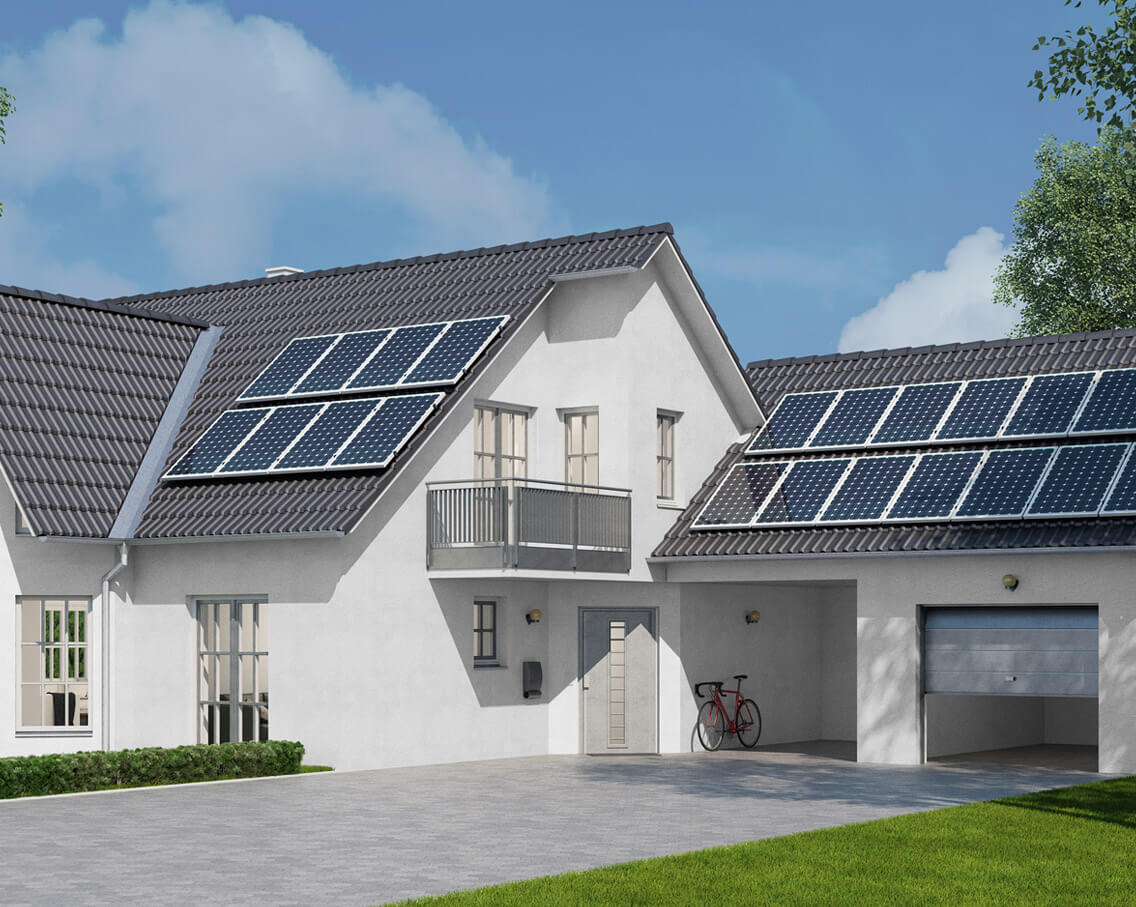With focus on the Environment nowadays, an increasing number of builders and architects are turning their attention to designing and building . These designs reduce the energy necessary for heating no matter the equipment or energy source and cooling. Architects build by avoiding waste in features that reduce the energy requirement. The three chief features of energy efficiency buildings are a building envelope, architecture, and ventilation. Bioclimatic designs make the best use of resources, including power. The shape of a construction has surfaces in contact with the exterior. The doors and windows face south whenever possible. The floor plan accounts for heating demands of the many spaces. The building’s orientation ensures openings have protection against heat during winter and the summer.

Protection from the sun during the summer may come with surfaces and colors from outside treatment or shade trees. Solar power collection systems’ installation reduces energy demands for household upkeep. The building envelope physically divides the exterior and interior environments. This shell investigates how resources can be utilized by the construction for heating. Having an envelope, building occupants enjoy moisture management that is better and enhanced air quality for a comfortable environment. Air leaks can increase the electricity usage of a home . Advancements in ventilation technology make it feasible to control airflow automatically. This is more efficient than allowing air to flow through any gap that is available or crack. The air spread throughout the building, is heated or cooled to the setting, and travels through a filter.
The envelope is Responsible for maintaining air quality. It prevents pollen from coming inside where it can cause aggravate other respiratory issues and allergies. Efficient designs seal off the garage from living spaces to remove exposure to paint, automobile, and household fumes. Moisture is a concern as it creates the perfect environment for mold growth. Hot air may lead to condensation. At exactly the exact same time air can cause water to condense on outside surfaces. Air barrier materials handle moisture to reduce condensation.

Building designs should use natural light whenever 16, to decrease the need for lighting. This requires planning to correct during year and the day balancing heat loss and gain and when controlling glare. A fantastic lighting design is practical but also enriches the design for a result that is pleasing. Air is exhausted by appropriate ventilation to the exterior when distributing air indoors. On any surfaces with no insulation or poor air condenses without airflow through the construction. This moisture enables mildew, molds, and fungi to flourish. Ventilators, the materials, and temperature management systems capable of removing moisture should work together to ventilate the inside.